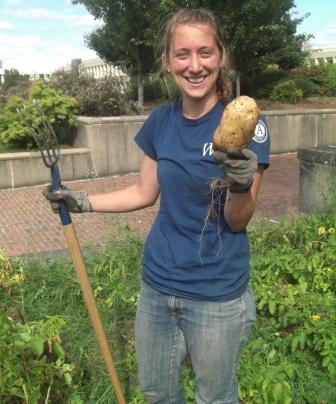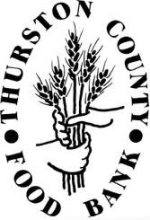
-
sites
- Blue Mountain Action Council
- City Fruit Seattle
- Clark County Food Bank
- Community Farm Connection
- Community Harvest in Leavenworth
- Community Services of Moses Lake
- Elk Run Farm
- Emergency Food Network
- Fish Food Bank
- Good Cheer Food Bank
- Hopelink Snoqualmie Valley
- Kitsap Public Health District
- National Site: Community Food Share CO
- National Site: Food for Others VA
- National Site: Society of St. Andrew FL
- National Site: Society of St. Andrew GA
- National Site: Society of St. Andrew MS
- Northeast Washington (NEW) Hunger Coalition
- Northwest Harvest
- Okanogan County Community Action Council
- Seattle Community Farm
- Seattle Lettuce Link
- Second Harvest Inland Northwest
- Second Harvest Tri-Cities
- Skagit County Community Action Agency
- Slow Food SW WA
- South King County Food Coalition
- Spokane Edible Tree Project
- Thurston County Food Bank
- Volunteers of America Western Washington
- WSU Extension Clallam County
- WSU Extension Jefferson County
- background
- produce recovery
- network
- resources
- View Map
 Target your audience. Who makes up your gleaning volunteers? At TCFB the main demographics are Generation Xers and Baby Boomers with extra time on their hands, whether they are retired, stay at home parents, or in between work. This demographic also tends to be in better physical health and are able perform the physically demanding and repetitive work of harvesting.
Target your audience. Who makes up your gleaning volunteers? At TCFB the main demographics are Generation Xers and Baby Boomers with extra time on their hands, whether they are retired, stay at home parents, or in between work. This demographic also tends to be in better physical health and are able perform the physically demanding and repetitive work of harvesting.